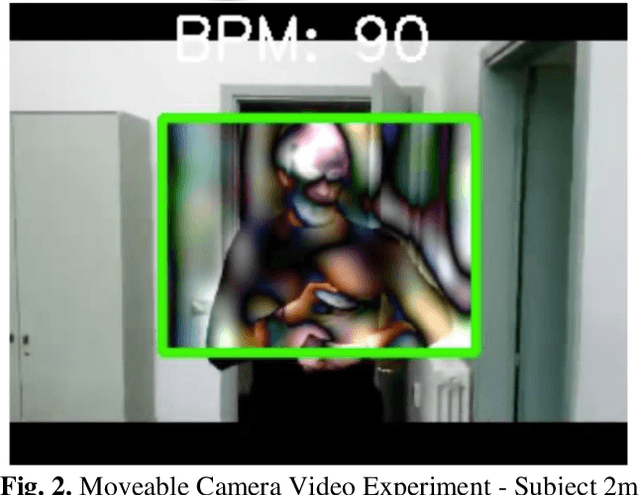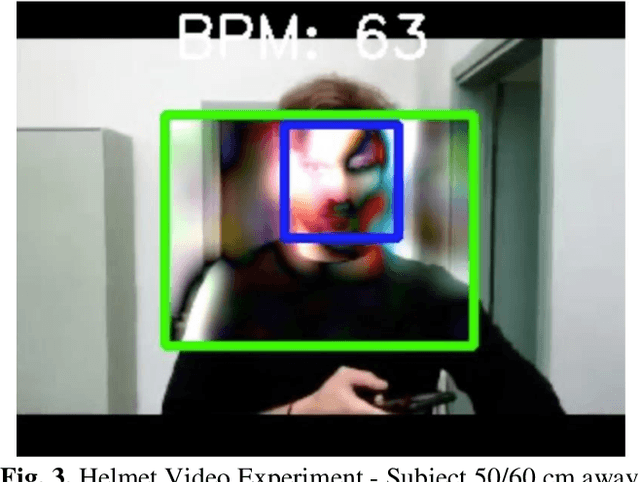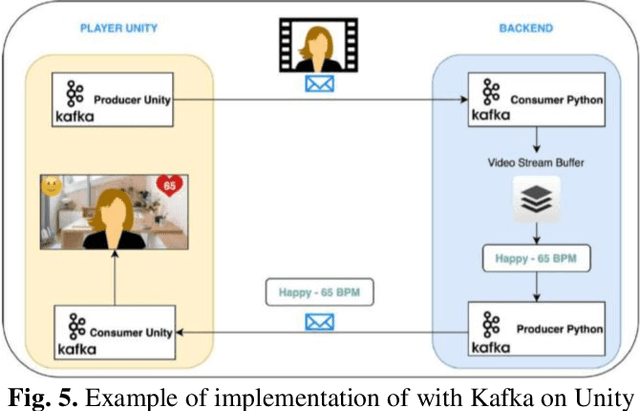Dmitrii Grigorev
The Platform for non-metallic pipes defects recognition. Design and Implementation
Dec 09, 2022Abstract:This paper describes a prototype software and hardware platform to provide support to field operators during the inspection of surface defects of non-metallic pipes. Inspection is carried out by video filming defects created on the same surface in real-time using a "smart" helmet device and other mobile devices. The work focuses on the detection and recognition of the defects which appears as colored iridescence of reflected light caused by the diffraction effect arising from the presence of internal stresses in the inspected material. The platform allows you to carry out preliminary analysis directly on the device in offline mode, and, if a connection to the network is established, the received data is transmitted to the server for post-processing to extract information about possible defects that were not detected at the previous stage. The paper presents a description of the stages of design, formal description, and implementation details of the platform. It also provides descriptions of the models used to recognize defects and examples of the result of the work.
On Developing Facial Stress Analysis and Expression Recognition Platform
Sep 16, 2022



Abstract:This work represents the experimental and development process of system facial expression recognition and facial stress analysis algorithms for an immersive digital learning platform. The system retrieves from users web camera and evaluates it using artificial neural network (ANN) algorithms. The ANN output signals can be used to score and improve the learning process. Adapting an ANN to a new system can require a significant implementation effort or the need to repeat the ANN training. There are also limitations related to the minimum hardware required to run an ANN. To overpass these constraints, some possible implementations of facial expression recognition and facial stress analysis algorithms in real-time systems are presented. The implementation of the new solution has made it possible to improve the accuracy in the recognition of facial expressions and also to increase their response speed. Experimental results showed that using the developed algorithms allow to detect the heart rate with better rate in comparison with social equipment.
 Add to Chrome
Add to Chrome Add to Firefox
Add to Firefox Add to Edge
Add to Edge